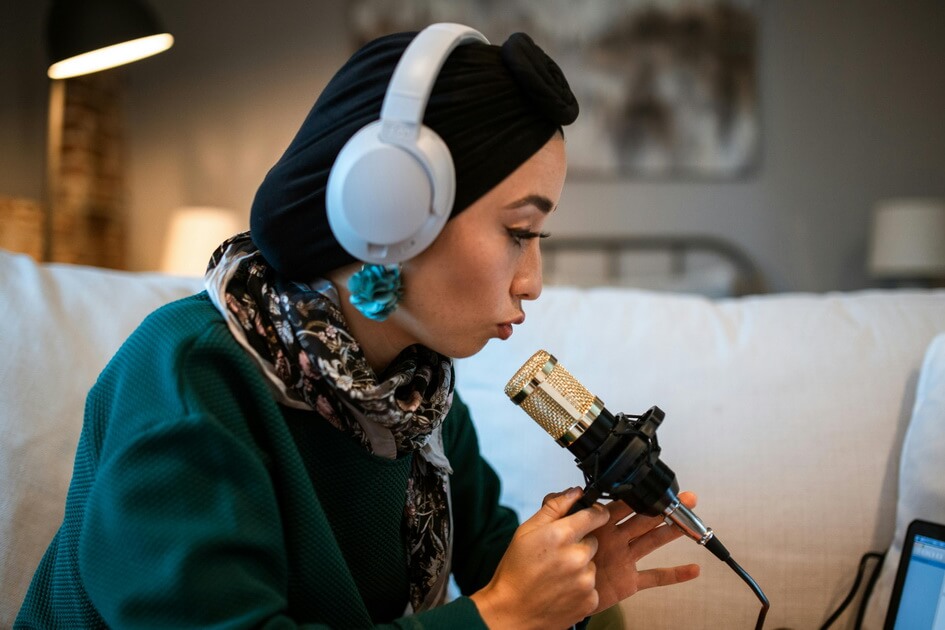
Arabic Sounds that Don’t Exist in Other Languages
Arabic is a beautiful and complex language. One of its most fascinating features is its sound system—especially its unique Arabic letters and sounds that have no exact match in English. For English speakers, these unfamiliar sounds can feel like stumbling blocks. But with practice and the right guidance, they become stepping stones toward fluency.
This article will walk you through the 8 most challenging Arabic sounds, why they’re difficult for non-native speakers, and how you can master them with practice. We’ll also explore how AlBaher Language Center helps students overcome these pronunciation hurdles through real-life immersion.
Table of Contents
ToggleWhy Arabic Sounds Challenge English Speakers?
The Arabic alphabet has 28 letters, and several of them represent sounds that simply don’t exist in English or many European languages. Arabic is a phonetic language, so every letter corresponds to a specific sound—meaning pronunciation is crucial for meaning.
For instance:
ع (ʿayn) and أ (ʾalif) are different letters, even though English speakers often hear them as the same.
Small pronunciation mistakes can change meaning entirely:
حُبّ (ḥubb) – love
خُبز (khubz) – bread
Learning these sounds requires training your tongue, throat, and ear in new ways. That’s why focused guidance is essential when learning Arabic pronunciation.
The 8 Most Challenging Arabic Sounds (+ How to Pronounce Them)
1. The ‘ع’ (Ayn)
Arabic Letter: ع
Transliteration: ʿayn
Sound Description: A voiced pharyngeal sound made deep in the throat. It’s produced by constricting the throat muscles while voicing.
Practice Tip: Start by trying to make a “grunting” sound from the throat. Think of it as squeezing your voice from deep inside your neck. Record yourself and compare it to native speakers.
2. The ‘ح’ (Ha)
Arabic Letter: ح
Transliteration: ḥāʾ
Sound Description: A voiceless pharyngeal fricative. It’s not the same as the English “h.” It’s much deeper and produced with a dry, breathy push from the throat.
Sound vs English: English “h” (as in “hello”) is softer and more forward.
Practice Tip: Breathe in and try to whisper a sharp “ha” sound from the throat without using your voice. Repeat slowly and isolate the dry friction.
3. The ‘ق’ (Qaf)
Arabic Letter: ق
Transliteration: qāf
Sound Description: A deep, voiceless uvular stop. It’s made by pressing the back of your tongue against the soft palate near the throat.
Common Mistake: Many English speakers replace it with “k” or “g,” which changes the word.
Example: قَلْب (qalb) – heart, If mispronounced as كَلْب (kalb) – it means dog
Practice Tip: Focus on holding the back of your tongue closer to the throat and practice with words like قُرْآن (Qurʾān).
4. The ‘خ’ (Kha)
Arabic Letter: خ
Transliteration: khāʾ
Sound Description: A voiceless velar fricative, like the sound in the Scottish “loch” or the German “Bach.”
Sound vs English: English has no equivalent, though some dialects (like Scottish) come close.
Practice Tip: Say “k” and exhale sharply with a throaty hiss. Focus on friction, not voice. Use mirrors and audio tools to check progress.
5. The ‘غ’ (Ghayn)
Arabic Letter: غ
Transliteration: ghayn
Sound Description: A voiced velar fricative. It sounds like a French “r” or a growling gargle.
Common Mistake: Learners often confuse غ (gh) with خ (kh) because they are made in similar places.
Practice Tip: Start by gargling water, then try to imitate that sound without water. Think of a voiced version of خ.
6. The ‘ط’ (Taa)
Arabic Letter: ط
Transliteration: ṭāʾ
Sound Description: An emphatic, pharyngealized version of “t.” It’s heavier and more intense than the regular ت.
Sound vs English: The English “t” is softer and has no emphatic version.
Practice Tip: Say “t” while pressing your tongue against the roof of your mouth and tightening your throat slightly.
7. The ‘ص’ (Saad)
Arabic Letter: ص
Transliteration: ṣād
Sound Description: An emphatic version of س (s), made with more tension in the mouth and throat.
Sound vs English: English has only one “s” sound. Arabic has both soft (س) and heavy (ص).
Practice Tip: Say “s” while flexing your throat. The sound should feel deeper, almost vibrating through your skull.
8. ‘ض’ (Daad)
Arabic Letter: ض
Transliteration: ḍād
Sound Description: Known as the “hardest letter in Arabic,” this emphatic “d” requires pressing the tongue against the molars with tension.
Sound vs English: English has no true equivalent. This sound is unique to Arabic.
Practice Tip: Say “d” while pushing the tongue to the side of the upper teeth and tightening your throat. Repeat slowly.
Interactive Pronunciation Guide
Sound Comparison:
Pair Arabic sounds with close English equivalents—even if not exact—to train your ear. For example:
- خ (kh) ≈ Scottish “loch”
- غ (gh) ≈ French “r”
- ع (ʿayn) ≈ No English sound (use practice recordings)
Minimal Pairs Practice:
Minimal pairs are word pairs that differ by only one sound. Practicing these helps you distinguish between similar Arabic sounds.
Examples:
- حَبّ (ḥabb) – love vs خَبّ (khabb) – to hide
- صَبّ (ṣabb) – to pour vs سَبّ (sabb) – to curse
- ضَرَبَ (ḍaraba) – he hit vs دَرَسَ (darasa) – he studied
Why These Sounds Matter for Communication?
Mispronouncing Arabic sounds doesn’t just make your speech unclear—it can cause misunderstandings or even offend.
Example:
- Saying ʿār (shame) instead of ʿaam (year) can lead to embarrassing mistakes in a conversation.
- Mixing ح (ḥ) and ه (h) can change “love” to “he” or “she.”
By mastering the Arabic alphabet chart and learning proper pronunciation, you unlock clearer speech and deeper confidence in Arabic-speaking environments.
How AlBaher’s Immersion Program Helps Master These Sounds?
At AlBaher Language Center, pronunciation is not taught in isolation. You learn Arabic letters sounds in real-world contexts:
- Native instructors correct pronunciation through direct feedback.
- Interactive speaking sessions help you practice words in conversation.
- Listening labs focus on hard-to-hear sounds with repetition and context.
- Group games and minimal pair activities create a fun, engaging way to master even the trickiest Arabic sounds.
The center offers phonetic training tools, Arabic script practice, and recordings to help you bridge the gap between what you hear and what you speak.
Whether you’re working on your first Arabic letters, struggling with ʿayn, or fine-tuning ṭāʾ and ḍād, AlBaher has tailored strategies to support every learner’s journey.
Final Thoughts
Arabic sounds may feel foreign to your ear and difficult on your tongue—but with time and guidance, you’ll build the muscle memory to pronounce them naturally. These unique Arabic letters are not barriers—they’re keys to deeper meaning, culture, and connection.
With immersive learning, pronunciation exercises, and real feedback, you can go from hesitant learner to confident Arabic speaker—one sound at a time.
You may also like

Learn Arabic for Beginners: From Letters to Real Conversations


